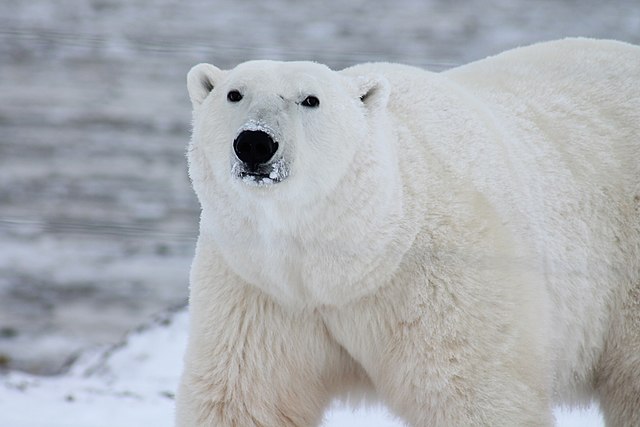Item Link: Access the Resource
Publication Info: ISBN: 978-0-300-20611-1. 2019.
Year of Publication: 2019
Publisher: Yale University Press
Author(s): Edited by Thomas E. Lovejoy and Lee Hannah; Foreword by Edward O. Wilson
Casual discussion among biologists sometimes turns to the question of whether escalating climate disruption or the ongoing sixth mass extinction represents the greater threat to the persistence of civilization. It is thus fitting that Lovejoy and Hannah have assembled a superbly authoritative volume that, in 28 chapters and 11 case studies, shows how these two subjects are joined at the hip. Most prominent, of course, rapid change in climate threatens the existence of all living things. All have evolved to survive and thrive in certain habitats—combinations of temperature, solar radiation, pH, soil consistency, other organisms, and on and on. Rapid climate change can alter these in an evolutionary blink of an eye, facing creatures with the challenge once expressed as “mutate or migrate.” They could adapt to the new conditions and stay, follow the old conditions as those conditions themselves move, or go extinct. The disruption of climate is global, too rapid for most evolutionary adaptation, and migration to other regions mostly impossible due to the modification of natural habitats. There is thus no area where the dissemination of the facts is more urgent than Biodiversity and Climate Change. The many ways climate disruption is eroding biodiversity are well covered in this volume. So are many of the positive steps recognized for a half-century or more that would help to ameliorate the situation. They include, for example, reducing food waste and meat-eating. What is less recognized is that despite scientific knowledge on what to do, most trends are getting worse. Humanity wastes more food today and eats more meat than we did in 1960. Saving biodiversity and ourselves is primarily a political, not a scientific issue. For instance, just as I read in the conclusion of a fine chapter by Watson et al. on tropical forests— “it is necessary to prevent large-scale land clearing” (p. 205)—the president of Brazil announced his goal of ending protected areas in the Amazon because they interfere with growth. Although, as is pointed out in Biodiversity and Climate Change, the area of the globe “protected” has been expanding, the effectiveness of that protection, and the future of reserves in the face of human growthmania, is increasingly questionable and requires rethinking. That is also discussed in the book. My criticism of this volume consists of just wishing for more. That climate disruption is potentially lethal to most organisms and thus to human society is made clear. But the other side of the biodiversityclimate coin is the gigantic potential role of biodiversity in exacerbating or limiting climate disruption. I would have loved more in-depth coverage of that topic. The same can be said for more detail on the human population-size contribution to the rapidity of change. How much might more effort to achieve humane shrinkage of the number of people improve civilization’s long-term chances of persistence? This is not a book to persuade climate deniers; it has too many big words. It is instead an invaluable resource for scientists and members of the public who seek a more thorough understanding of two of the critical existential threats that we face. Its contributors are top experts. It is well written; well organized, well documented, and well indexed. Your copy will become well thumbed. Paul R. Ehrlich, Center for Conservation Biology, Stanford University, Stanford, California
The views and opinions expressed through the MAHB Website are those of the contributing authors and do not necessarily reflect an official position of the MAHB. The MAHB aims to share a range of perspectives and welcomes the discussions that they prompt.
